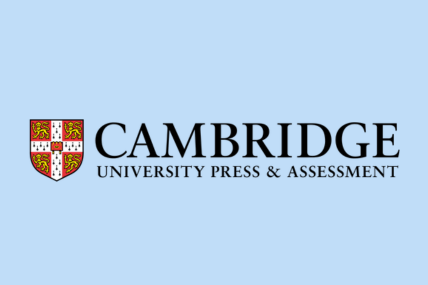Practice High-Quality Text
_______________
Academic writing refers to a style of expression that researchers use to define the intellectual boundaries of their disciplines and their specific areas of expertise. Characteristics of academic writing include a formal tone, use of the third-person rather than first-person perspective (usually), a clear focus on the research problem under investigation, and precise word choice. Like specialist languages adopted in other professions, such as law or medicine, academic writing is designed to convey agreed meaning about complex ideas or concepts for a group of scholarly experts.
Academic language has a unique set of rules: it should be explicit, formal, and factual as well as objective and analytical in nature.
One way to accomplish clarity and structure in your text is through the use of signposts. Signposts are words and phrases that you can use in your text in order to guide the reader along. Signposting can be divided into two different categories: major signposting and linking words and phrases.
Major signposting is used to signal key aspects of the work, such as the purpose of an academic paper and its structure. Some examples of major signposting:
The aim of this study is to …
This chapter reviews/deals with …
In conclusion …
Linking words and phrases create coherence and give the reader directions by marking transitions between sentences and paragraphs. Some examples of linking words and phrases:
However, …
Firstly, ... Secondly, ...
For example …
… because …
Objective
Academic writing is based on research and not on the writer’s own opinion about a given topic. When you write objectively you are concerned about facts and not influenced by personal feelings or biases. When presenting an argument to the reader, try to show both sides if you can, and avoid making value judgments.
Formal
Formal writing requires considerable effort to construct meaningful sentences, paragraphs, and arguments that make the text easy to comprehend.
In order to achieve the appropriate level of formality, you should read literature within your field. This will also help you learn and use subject-specific terms. Correct use of terminology and language facilitates your communication and heightens the credibility of your work.
- write short sentences (no more than 25 words)
- read the literature in the field of your research
- use specific terms
- avoid repetitions and extra words
- avoid using spoken or slang terms, cliche
Logical Order
Refers to a logical ordering of information. In academic writing, writers tend to move from general to specific. In a historical passage, the movement of information is chronological; that is, from old to new. Chronological ordering is also "logical" when describing a disease in that one would expect to learn of symptoms before learning of the treatment.
Unity
At its simplest, unity refers to the exclusion of information that does not directly relate to the topic being discussed in a given paragraph. In its broadest sense, an entire essay should be unified; that is, within the paragraphs, the minor supports must support the major supports, which in turn must support the topic sentences. Each of the topic sentences must likewise support the thesis statement.
Argumentation in Academic Writing
We all use argumentation on a daily basis, and you probably already have some skill at crafting an argument. The more you improve your skills in this area, the better you will be at thinking critically, reasoning, making choices, and weighing evidence.
Academic writing is supported by evidence – facts, quotes, arguments, statistics, research, theory.
Make an argument
Your argument is how you express your viewpoint and answer the question you have been set, using evidence. Your argument can help you plan the structure of your work and guide you to find the evidence you need to support it.
Make sure that your argument runs throughout your writing and that everything you include is relevant to it. Try to sum up your argument in a few words before you start writing and keep checking that it remains the focus as you research and write your work.
Structure your argument
Guide your reader through your argument logically. Think about what questions your reader might have. If you can answer these questions through your argument, it will seem more convincing. Present both sides of the debate, along with your thoughts, linking together the different elements.
Include your own voice in your writing
Your voice will emerge through your discussion, interpretation, and evaluation of the sources. Here are some ways you can establish your voice in your writing:
1. Make your unattributed (not referenced) assertion at the start of paragraphs followed by evidence, findings, arguments from your sources.
Example:
"To date, there is no well-established tool to measure divided attention in children. Current methods used to assess divided attention usually involve a variation of the CPT with an additional task included e.g. counting or listening to auditory stimuli (Salthouse, 2003)."
2. Explicitly tell your reader what the connections are between sources.
Example: "Smith (2009), however, takes a different approach..."
3. Explicitly tell your reader what the connections are between those sources and your main assertion.
Example: "Netzer's argument challenges the term 'renaissance', as it displays repeatedly the use of classical imagery during the medieval period, therefore illustrating that canonizing a chronological period can be disadvantageous as characteristics of the term."
4. Use language to show your strong agreement/disagreement/cautious agreement with sources.
Example: "Smith's (2009) findings show a clear... A serious weakness with this argument is... The research suggests..."
4. Include "so what" summary sentences (evaluative sentences) at the end of paragraphs.
Example: "This shows that it is detrimental to strictly categorize chronological periods with artistic genres, as many art historians suggest different movements were taking place in separate geographical locations at the same time."


























































































 eng
eng  укр
укр 









